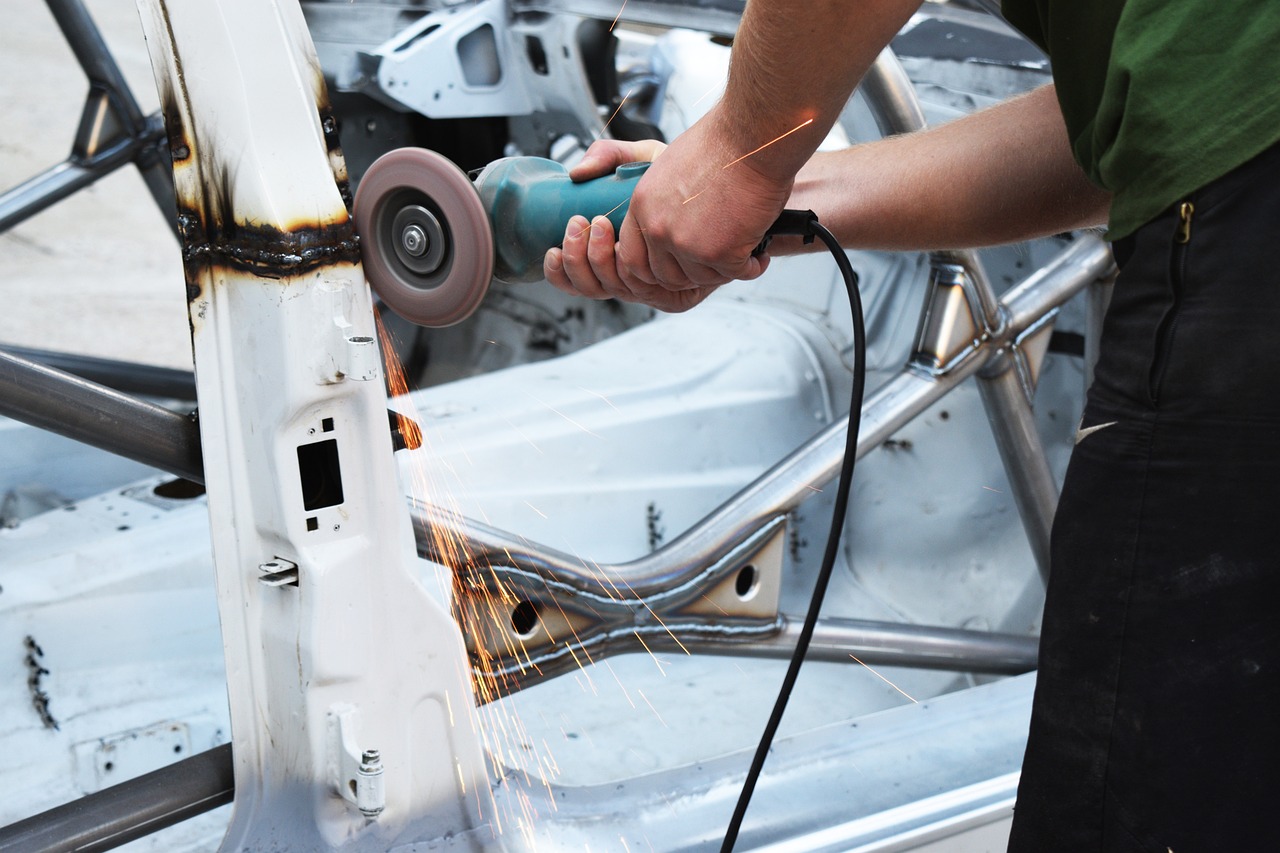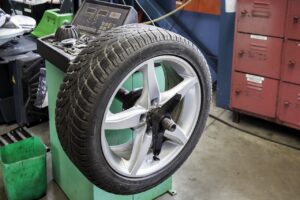
Source : Pixabay.
Cars have come a long way in recent years. From now on, we no longer speak exclusively of gasoline cars, but also of electric cars and hybrid cars. However, there is no reason to get confused. Despite the modification of certain parameters due to the technological evolution, the operation of a car, of any type, remains the same. To understand this system, let’s go back to the major components of a vehicle.
The engine is the mechanical element that allows the car to generate energy to make it work. Generally located under the hood of the vehicle, it occupies a very important place. We can thus understand that it is a complex machine made up of several elements air filter, alternator, water pump, etc.
The chassis and the body
The chassis is considered the skeleton of the vehicle. This element constitutes the main support of the vehicle structure. Its role is to support the various mechanical components as well as the bodywork. The latter, for its part, serves to protect all the components of the vehicle and ensures the comfort and safety of the occupants. For this purpose, a body must be sufficiently hard and resistant to cope with possible shocks. Moreover, this element gives its main design to a car. Today, body design is an important marketing issue for automotive designers.
The wheels
The wheels are the equipment that allows the vehicle to roll. A wheel is generally composed of 3 elements: A rim: this is the metal cylinder located in the center of the block. This cylinder has holes to ventilate the system; A hub: placed in the center of the rim, it connects the wheel to the motor axle called the shaft; A tire: a robust element that wraps around the rim.
Often, hubcaps are added to the wheel to protect the rim and bring a design touch to the tire of the vehicle.
These are the main components of a vehicle in a nutshell. However, it should be noted that these elements only work and can be managed by control instruments and commands. Among these instruments are the steering wheel, the pedals, the brakes as well as the various panels and buttons for controlling the vehicle.
The performance of an engine is judged by the number of strokes. In the case of a 4-stroke model, the engine works in a series of 4 distinct movements which are repeated continuously. These stages range from the intake of air and fuel to the expulsion of combustion smoke to the exhaust pipe.






